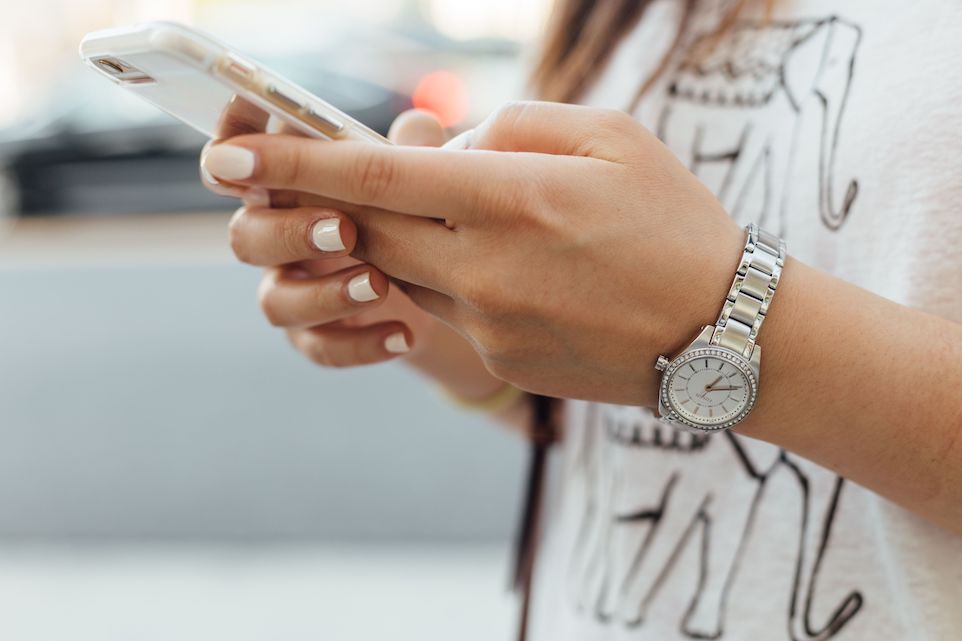What really matters when choosing an influencer to work with?

Within recent years, the growing recognition of influencer marketing has been two things: sharp and global. It hasn’t passed by Lithuania either as you can see various agencies and platforms establishing their grounds in Vilnius and working with local social media influencers.
And yet, somehow there are still countless companies that choose to collaborate with an influencer only based on easily inflatable indicators such as follower count, or likes and shares.
It’s not to say that you should ignore these engagement metrics completely. But they don’t give a clear picture of whether the content creator is the right match for your brand and worthy of your investment.
In fact, to succeed in influencer marketing, holistic should be your mantra. And there are many reasons why comprehensive insight is needed. For example, to spot when an influencer’s audience is dominated by fraudulent followers.
If you’re just starting out, you probably don’t have a set criteria on how to evaluate a list of preselected YouTubers or Instagrammers. Either way, high-quality content that’s aligned with your brand goes without saying. But what comes next?
To help you achieve your campaign goals and increase your ROI, this time we’ll be focusing on more tangible pointers such as audience characteristics and engagement rates. So let’s have a look at the fundamentals of what to look for in an influencer.
What are the parameters helping to evaluate influencers for your brand?
Audience Assessment
An influencer’s authenticity combined with personal preferences or expertise is ultimately what attracts their followers to consume their content. Hence well-performing influencers can seamlessly introduce your product and service to his or her fanbase.
In order to achieve that, you need to take a more in-depth look at their followers—to see if they correspond to your target audience.
Say you’re selling men’s clothing subscription boxes. Naturally, the first thought might be to look for a role-model-like influencer who would be the type of persona wearing your clothes. But when you take a closer look, it appears that the followership is predominantly female. Do you still think you’ve made the right choice?
To eliminate guesswork and save time, you can use social media monitoring or discovery tools to help select potential influencers and learn about their audiences based on data. To get you started, here’s a great list of free tools to identify influencers.
Once you have preselected a list of influencers ready, it’s time to dive deeper and look into these audience parameters with more scrutiny.
Location
Does the vast majority of your influencer’s audience live in the same destination where your business is operating or where you’re looking to expand?
Age
Are your primary customers, say, Generation Y or Baby Boomers? The type of content each demographic responds to vastly different.
Gender
As discussed in the example earlier, if your product is gender-centric, it’s easier to create corresponding campaigns and define scenarios to which your buyers can relate.
Niche
This seems like a no brainer. If you sell organic makeup, you won’t be considering a tech whiz to collaborate with. But how about an influencer that seems to appeal to broader audiences? Delve into the interests of their audience as well as past collaborations.
Brand Affinity
This predicts the likelihood of whether the customer will stick with your company or brand. In the influencer sphere, the correlation between a content creator’s fan base and the brand’s target group is really important.
Pricing
Check out the monetary evaluation per post, so you know whether your offer to an influencer is fair. To get a rough estimation, you can use one of the free Instagram money calculators.
Follower fluctuation
It’s harder to detect follower changes with the naked eye, so most likely you’ll have to use a software tool to help. Also, it’s also a good way to detect suspicious bot-like behaviour for a particular account.
Engagement Rates
Engagement is the queen of metrics and is often more significant than reach. Why? Because it portrays whether the audience responds and acts on the content, and simply put: are they interested in engaging with a post or not?
You can think of it as a measure of how persuasive and influential the content is, not only in terms of likes and comments, but also in terms of affecting your customer purchasing decisions.
So what exactly can be considered engagement? In simple terms, the reactions listed below or equivalent ones (depending on the platform), amount to engagement:
- Likes
- Comments
- Shares
- Views
The term itself and what it indicates seems pretty straightforward. However, it’s not necessarily easy to calculate, as it is debatable what exactly compounds to the engagement rate. For example, are comments more valuable than likes and should we even go as far as saved posts?
There’s no 100% right or wrong here. But there are several prevalent methods how you can calculate Instagram engagement rates. For starters, you can divide the sum of total likes and comments by the number of followers, and multiply it by 100 to receive a percentage.
Also, engagement rates tend to vary depending on variables such as country, industry, social media platform as well as the number of followers. Generally speaking, and taking Instagram as an example, 2-4% is a pretty standard and reasonable engagement level.
These are just some of the more quantifiable ways to understand the level of engagement between the influencer’s produced content and how the audience responds to it.
Pro tip: You can compare branded content shared in the past with other postings. So if the branded post has drastically higher engagement, it might be that there was, for example, a paid promotion involved, which doesn’t help to determine the real interest the post has generated.
If the engagement is notably lower in comparison to everyday postings, then it’s likely that the influencer came across as inauthentic when sharing the sponsored post. Ideally, you’d want to aim for slightly higher or similar rates to what their usual content produces.
Final Thoughts
Hopefully, this post showed you that it’s not a difficult process to choose the right influencer for your brand, just that a more granular and holistic approach is needed in order to succeed. Use qualitative methods combined with tangible metrics to make the overview more accurate and complete.
Now it’s time you go nail that first influencer-driven campaign. Oh, and if you need a helping hand, you know where and how to reach us.




